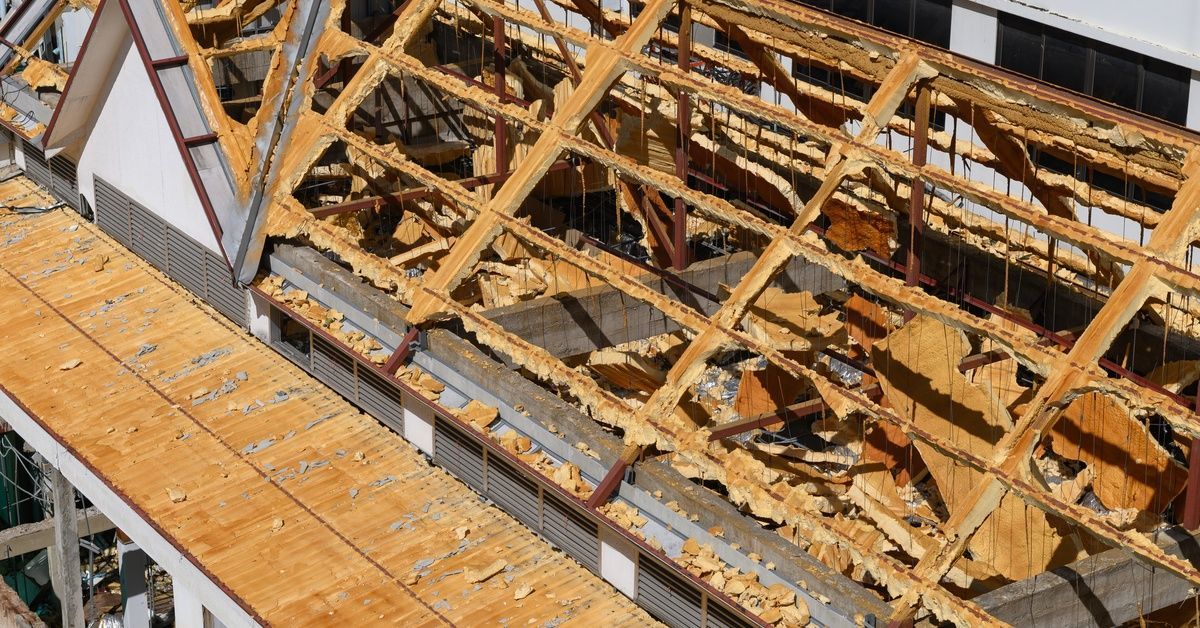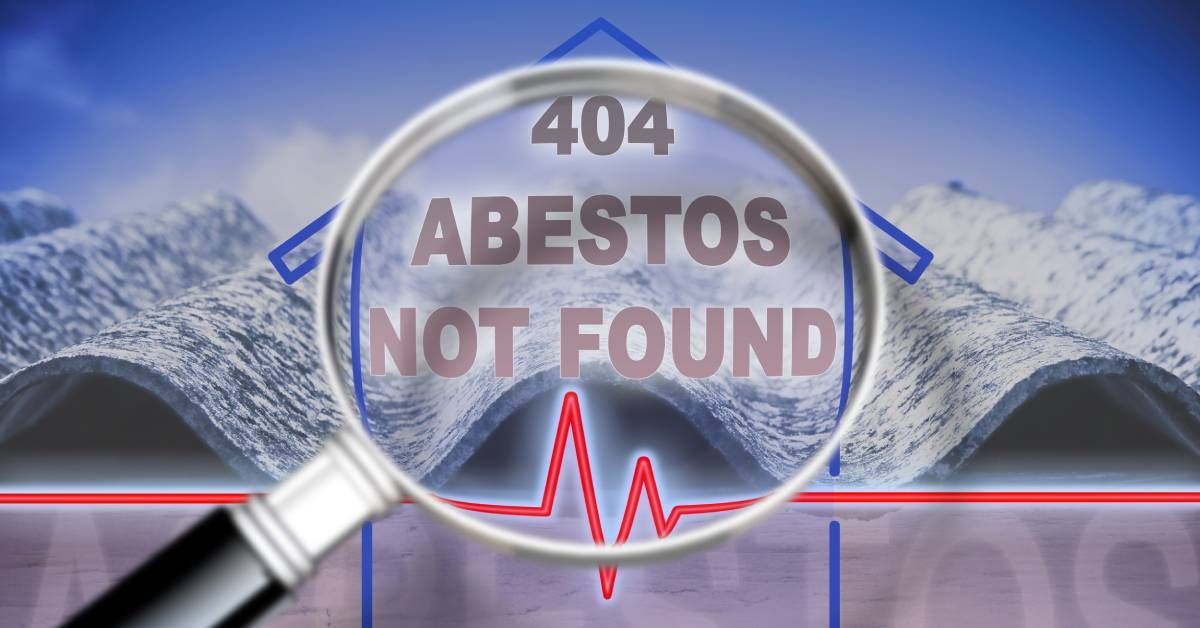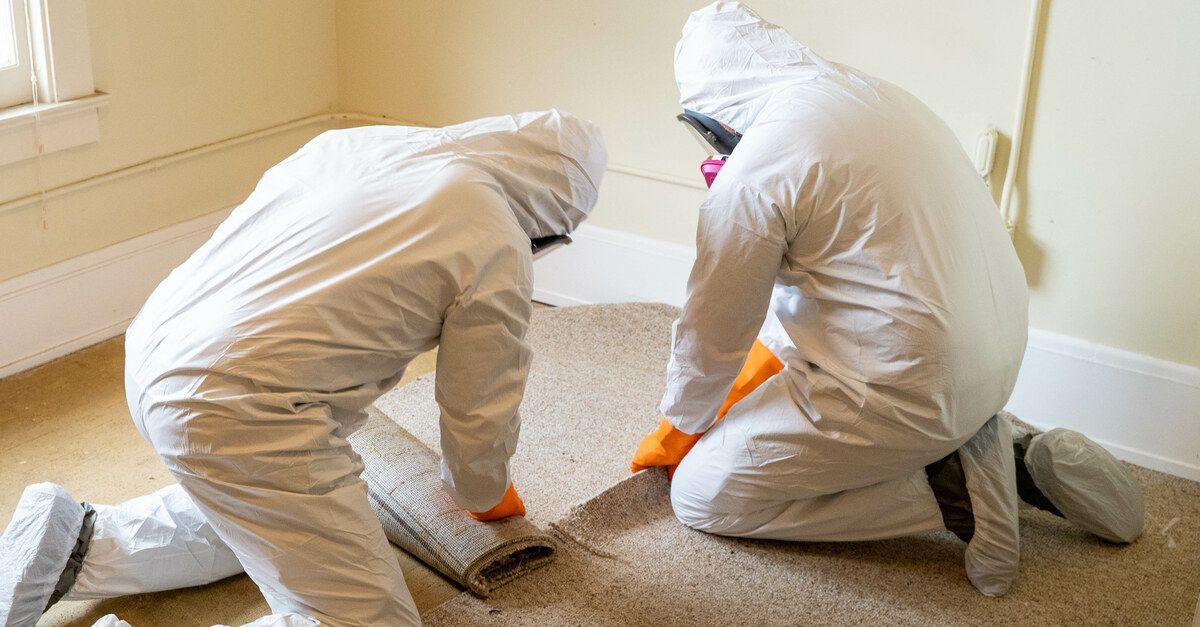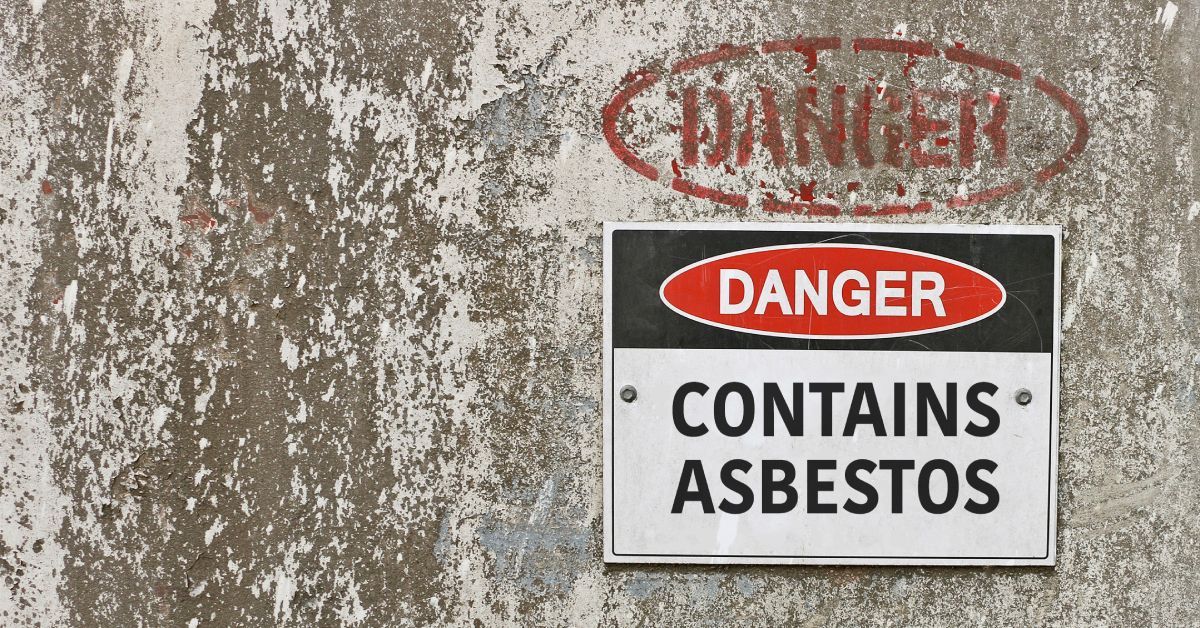Massachusetts Asbestos Removal Regulations
Prior to the 1980s (and before we learned what a dangerous material it was), asbestos was a common insulation material used in homes. Because areas in New England and throughout Massachusetts have no shortage of old homes, new homeowners should inspect their homes for asbestos before moving in. If your home does contain asbestos, you’ll need to familiarize yourself with the Massachusetts asbestos removal regulations to ensure it is removed safely and correctly.
Agencies To Notify
When you discover asbestos in your home, Massachusetts asbestos removal regulations require that you contact and notify two organizations before having it removed, abated, or disposed of.
- The Department of Environmental Protection (MassDEP) requires that you submit a notification ten working days prior to beginning the project.
- The Department of Labor Standards (DLS) requires that you submit a notification ten calendar days prior to beginning the project.
Additionally, after notifying these two departments, it’s recommended that you contact the board of health, building inspector, and fire department within your town or city to ensure they do not also need notification and approval before work begins.
Asbestos Abatement Activity
“Asbestos abatement activity” qualifies as anything that includes removing, handling, transporting, or disposing of asbestos or items that have come into contact with asbestos. These are all activities and processes that could cause harmful air pollution. Because of this air pollution and the subsequent threat it presents, asbestos abatement in Massachusetts is common practice instead of complete removal. The reason for this is that if the asbestos in a home is not directly threatening or doesn’t present a potential hazard, it is safer to leave it as is rather than potentially cause a larger problem by moving it.
Asbestos Waste Disposal
When disposing of asbestos, it is important to take it to a landfill permitted to accept waste containing asbestos. In Massachusetts, one landfill permitted to accept asbestos is:
- Waste Management Fitchburg/Westminster Sanitary Landfill
165 Fitchburg Road (Route 31)
Westminster, MA 01473
Telephone: 800-963-4776
If you cannot dispose of it in-state, bordering states like New Hampshire and Connecticut have landfills permitted to accept asbestos-containing waste produced in Massachusetts.











